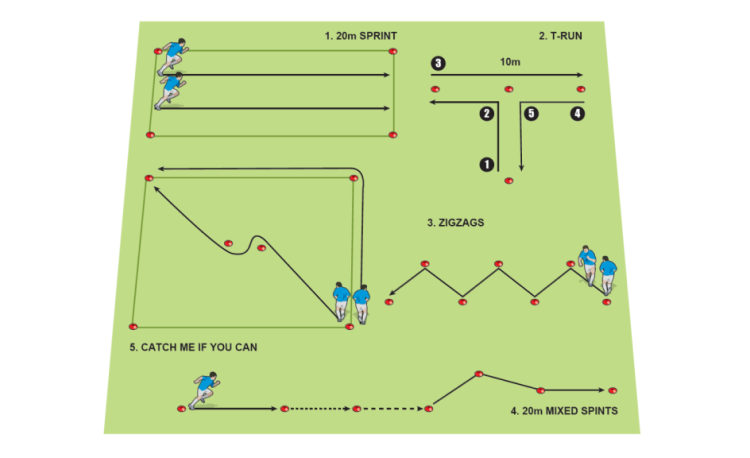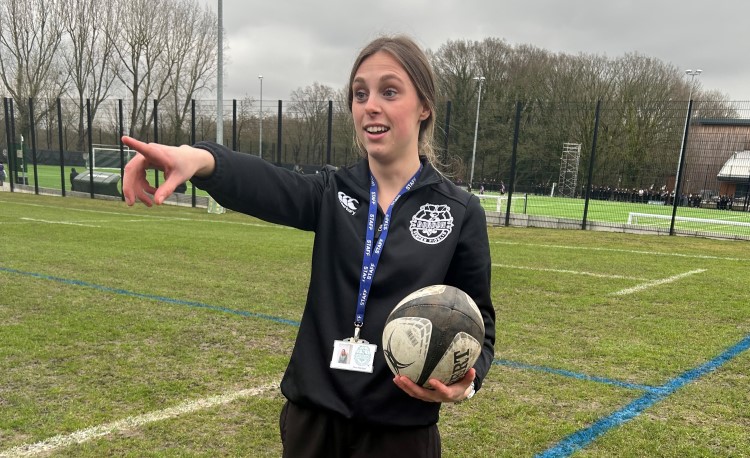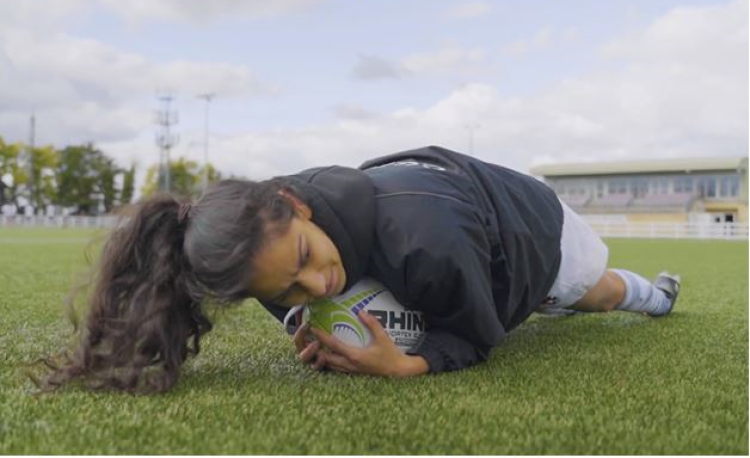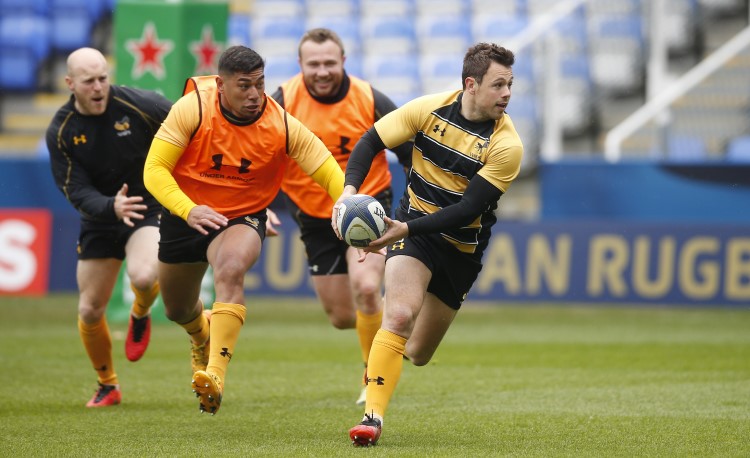You are viewing
1 of your 2 free articles
Warm-up games for contact
Warm-Upsby Tom Brocklebank
Get your players ready for contact with these games. They'll warm up your players’ shoulders and upper bodies in a fun way to prepare for sessions involving contact. It will put them into dynamic positions that they might not usually be used to.
The games are named after the animals that the body positions are like, because I mainly use these games with children, however they are perfect for adults so feel free to change the name or not use a name.
The area will depend on the amount of players you have, their age, ability and fitness. As an example I would typically use the area between the two 10m lines and the two 15m lines in the centre of the pitch for a game for 15x 14 year olds. But feel free to adapt to what you feel is appropriate for your players.
For the purpose of these games, the ‘spider position’ is: crawling on hands and feet with chest facing the ground and the back facing up.

Organisation/rules
For the purpose of these games, the ‘crab position’ is: crawling on hands and feet but with chest facing up and their back facing the ground.
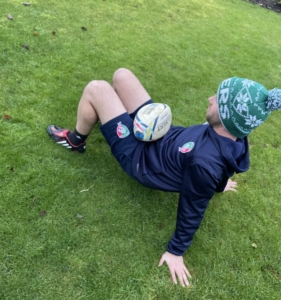
GAME 1
Organisation/rules
Organisation/rules
The games are named after the animals that the body positions are like, because I mainly use these games with children, however they are perfect for adults so feel free to change the name or not use a name.
The area will depend on the amount of players you have, their age, ability and fitness. As an example I would typically use the area between the two 10m lines and the two 15m lines in the centre of the pitch for a game for 15x 14 year olds. But feel free to adapt to what you feel is appropriate for your players.
SPIDERS
For the purpose of these games, the ‘spider position’ is: crawling on hands and feet with chest facing the ground and the back facing up.

Organisation/rules
- Start with everyone as spiders.
- All spiders to have a ball (spherical balls work best, rugby balls will provide additional challenge) under their body that they must move around.
- It’s up to you on whether you allow the players to kick other players’ balls away, depending on their maturity and how safe you feel they’ll be doing it.
- Players must look after their ball and keep it under their bodies.
- Players aim to knock other players’ balls out of the area (for an extra challenge you can change this to just the ball leaving the area under their body).
- Players are “out” if the players ball leaves the area (change as appropriate if you adjust the above bullet point).
- Players who are “out” continue trying to knock others ball out of the area.
- The winner is the last player with a ball under their body.
CRABS
For the purpose of these games, the ‘crab position’ is: crawling on hands and feet but with chest facing up and their back facing the ground.

GAME 1
Organisation/rules
- Start with everyone as crabs.
- Crabs can only move in the ‘crab’ position.
- All crabs to have a ball on their stomach to carry around.
- No use of feet to move the balls (no kicking).
- The aim for all players is to protect their ball, knock others’ balls off their stomach, all while maintaining their crab position (so they can raise one arm to knock another player’s ball off, but if they raise their other arm they’ll fall and not be in the crab position).
- Players are “out” if their ball leaves their stomach.
- If a player is “out” they throw their ball out of the area and continue trying to knock others’ balls off their stomach.
- The last player with a ball is the winner.
Organisation/rules
- This is a ‘tag’ style game, with a large group of ‘crabs’ and a smaller group of ‘turtles’. I’d suggest a 1:4 ratio split of turtles to crabs.
- Crabs can only move in the crab position.
- Turtles must crawl around on all fours but with their chest facing the ground in a normal crawling position.
- Crabs aim to stay with their chest facing up, moving around and avoiding the turtles.
- The turtles aim to crawl around and flip the crabs.
- You can choose between the crabs then becoming turtles or the crabs being “out” of the game depending on fitness levels and how quickly the turtles are flipping the crabs.
- The winner is the last crab left in the crab position.
- Advance the game by combining game 1 and 2.
- Crabs carry balls on their stomachs.
- Turtles try to flip the crabs.
- Same rules as game 2, if they are flipped they’re out, if they lose their ball they’re out.
- Players who are out throw their ball away and become turtles.
- The winner is the last crab left with their ball.
Related Files
Vol-2-Issue-041-T-Brocklebank-warm-up-games-for-contact.pdfPDF, 345 KB
Newsletter Sign Up
Coaches Testimonials

Gerald Kearney, Downtown Las Vegas Soccer Club

Paul Butler, Florida, USA

Rick Shields, Springboro, USA

Tony Green, Pierrefonds Titans, Quebec, Canada
Subscribe Today
Be a more effective, more successful rugby coach
In a recent survey 89% of subscribers said Rugby Coach Weekly makes them more confident, 91% said Rugby Coach Weekly makes them a more effective coach and 93% said Rugby Coach Weekly makes them more inspired.
Get Weekly Inspiration
All the latest techniques and approaches
Rugby Coach Weekly offers proven and easy to use rugby drills, coaching sessions, practice plans, small-sided games, warm-ups, training tips and advice.
We've been at the cutting edge of rugby coaching since we launched in 2005, creating resources for the grassroots youth coach, following best practice from around the world and insights from the professional game.
More from us
© 2023 Rugby Coach Weekly
Part of Green Star Media Ltd. Company number: 3008779
We use cookies so we can provide you with the best online experience. By continuing to browse this site you are agreeing to our use of cookies. Click on the banner to find out more.



